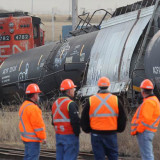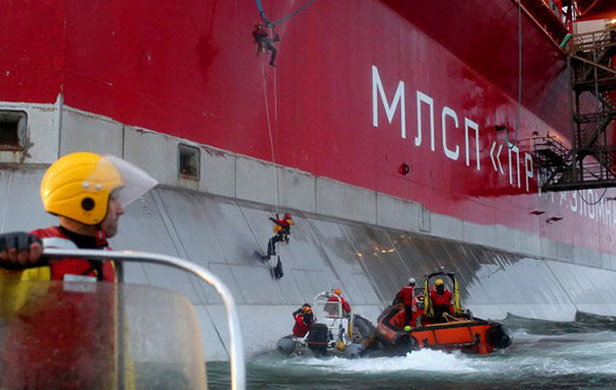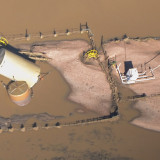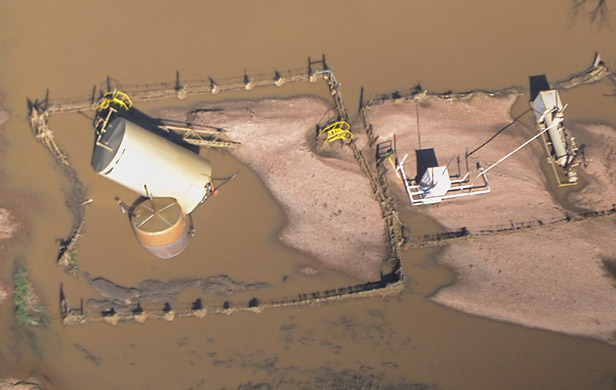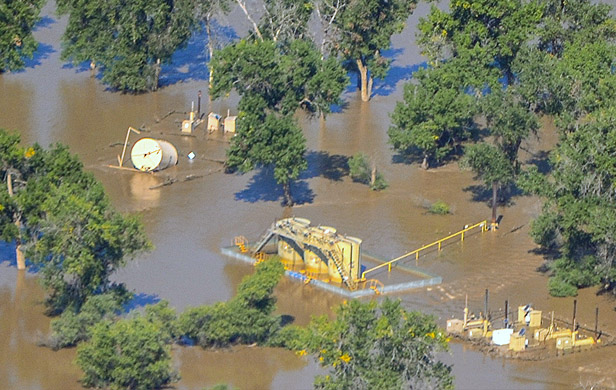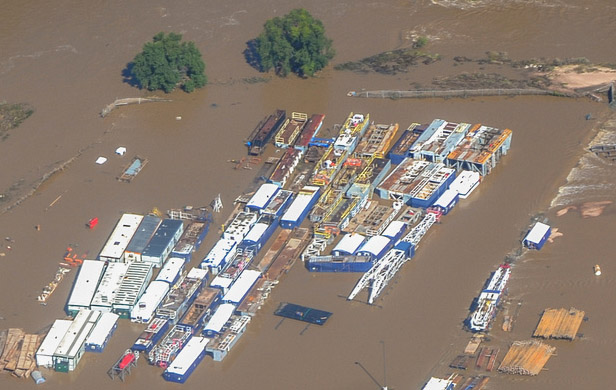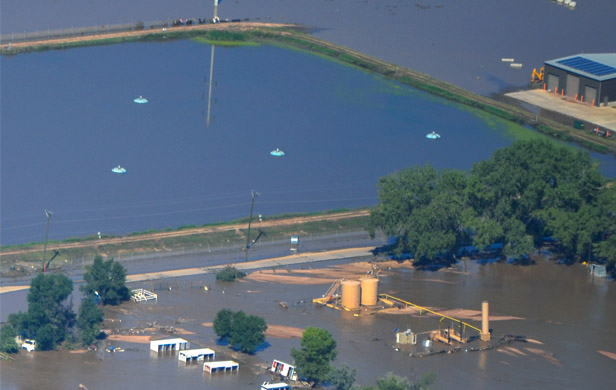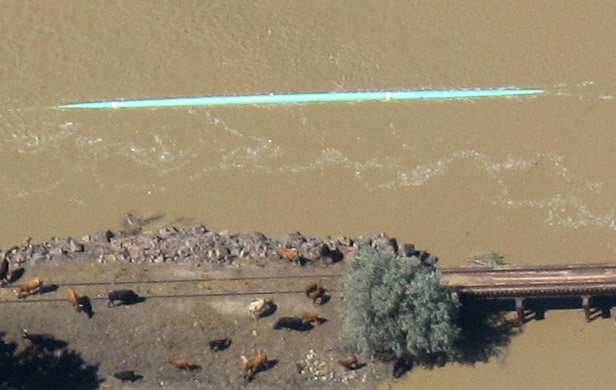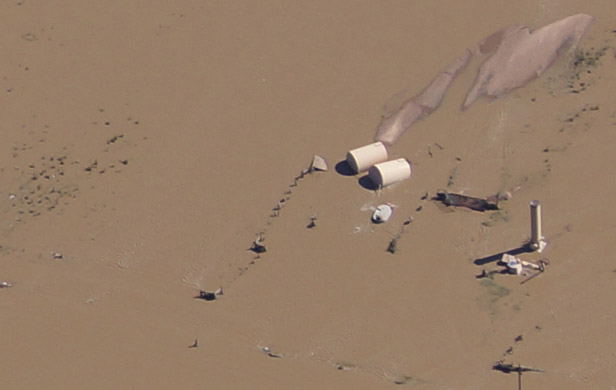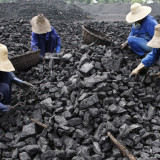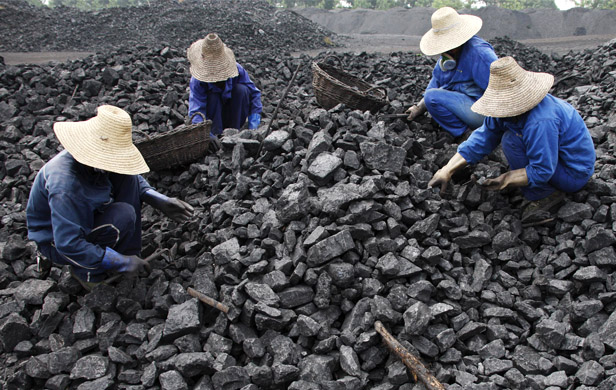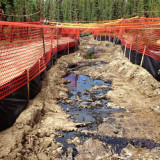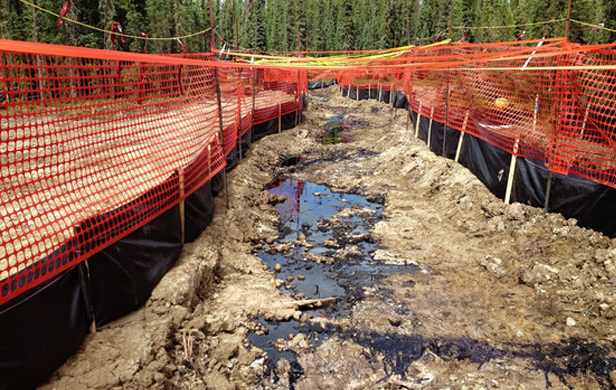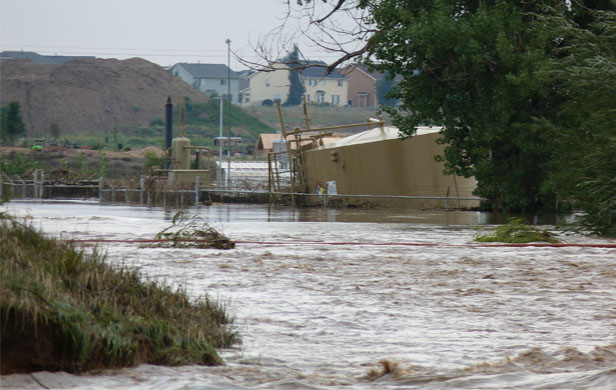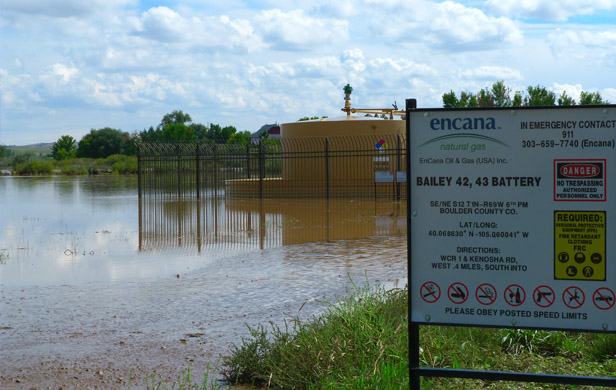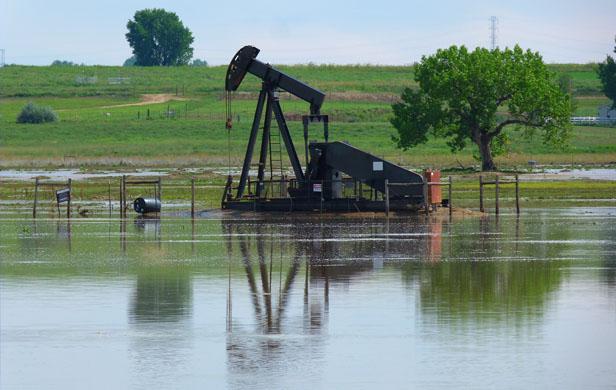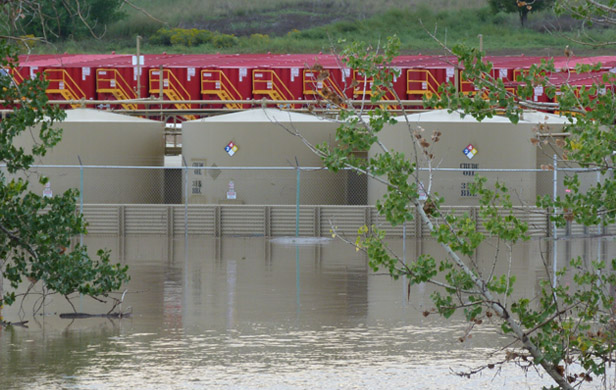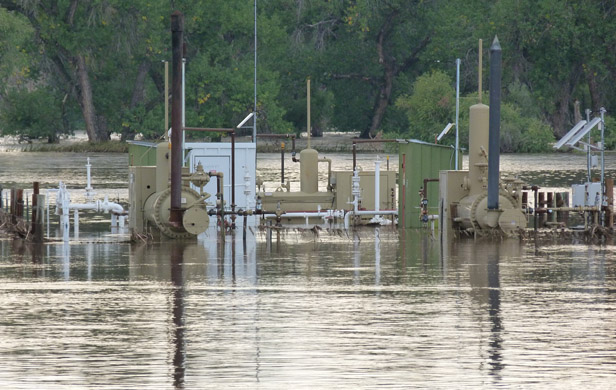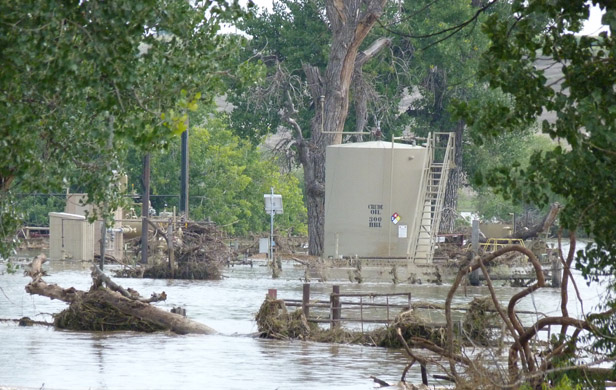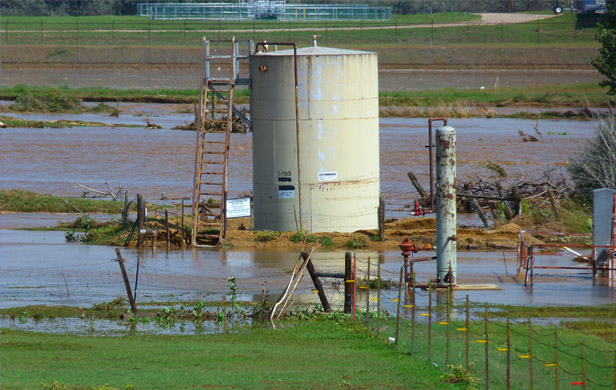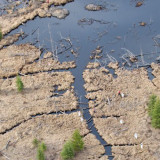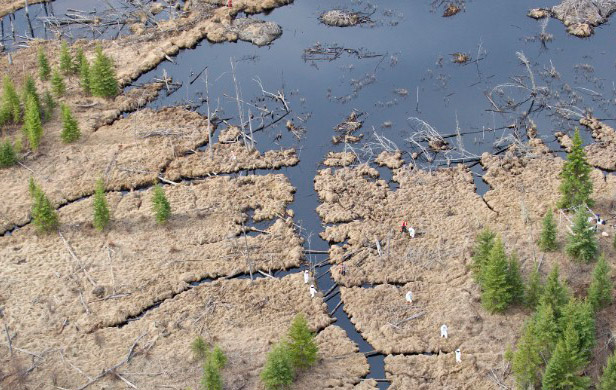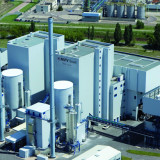
ST. JOHN’S, N.L. – Alberta resident Jessica Ernst is warning Newfoundland about the risks of hydraulic fracturing, saying she blames the contentious fracking process for making her well water flammable.
“It does ignite like a blow torch,” she said from her rural home near Rosebud, Alta.
[quote]It’s too dangerous to even use to flush toilets. One spark could cause the gas to ignite and cause a serious explosion.[/quote]
Ernst visited Stephenville, N.L., on Sunday to convey what she says is a cautionary tale about an oil and gas extraction method that industry proponents defend as safe. Debate about fracking is escalating on Newfoundland’s scenic west coast where there are plans to drill exploration wells near Gros Morne National Park pending government approvals.
Newfoundland on the edge of fracking
Ernst was invited by a concerned citizens group to speak to local residents.
“For areas that do not have fracking yet, once you let it in, you’ll never get it out,” she said.
Hydraulic fracturing involves pumping water, nitrogen, sand and chemical additives at high pressure to fracture shale rock formations and allow gas or oil to flow through well bores to the surface. It’s increasingly used across Canada and the U.S. as energy demands grow while conventional sources wane.
Ernst, a 56-year-old environmental consultant with a Master of Science degree and 30 years of experience in the oil and gas industry, is hardly a lone voice raising alarms. The award-winning documentary Gasland tracks complaints of water contamination in rural areas across the U.S. where gas wells were fracked.
Industry’s claims of no water contamination challenged
Emma Lui, national water campaigner for the citizens’ interest group Council of Canadians, said a lack of independent research before and after fracking means safety assurances ring hollow.
[quote]It’s common for industry and some governments to say there are no known cases of water contamination, but that’s because they don’t have that baseline information. They don’t actually have the adequate research to back those claims up.[/quote]
Tom Marshall, Newfoundland and Labrador’s natural resources minister, said he has heard those concerns and is gathering input across Canada to ensure provincial regulations reflect best practices.
Newfoundland grants exploration licences, consulting with geologists
The province has not yet received formal applications to frack wells in western Newfoundland although exploration licences have been granted in what’s known as the Green Point shale, he said in an interview.
The Progressive Conservative government will consult geologists and geophysicists now studying Newfoundland’s west coast where, unlike Alberta’s more shallow coalbed gas deposits, it’s believed deep shale formations hold oil, he added.
Any drilling proposal would get full environmental scrutiny, Marshall said.
[quote]Our government has always been one that supports economic development. But only within a framework that ensures protection of the environment and protection of public health and safety.[/quote]
Ernst said Newfoundlanders should be wary.
“We got the same promises here.”
Ernst’s $33 million fracking lawsuit
She has filed a $33-million lawsuit with the Court of Queen’s Bench in Alberta against North American energy producer Encana, the provincial energy regulator and the provincial government. Her unproven statement of claim alleges gas wells fracked around her property between 2001 and 2006 unleashed hazardous amounts of methane and ethane gas and other chemicals into her private water well.
Ernst claims that Encana fracked “without taking necessary precautions to protect in-use aquifers or water wells” from such contamination. She also claims that regulators at the Energy Resources Conservation Board, now the Alberta Energy Regulator, failed to reasonably act on her reports of contamination or her concerns that Encana breached laws and regulations meant to protect water supplies.
Finally, Ernst claims the Alberta government failed to reasonably protect her well water, investigate contamination or correct reported damage.
Bob Curran, a spokesman for the Alberta Energy Regulator, declined in an email to comment on the lawsuit as it’s before the courts.
Alberta defends fracking safety
Bart Johnson, a spokesman for the Alberta government, also declined to comment on the case but said fracking has been done safely for decades.
“In regard to hydraulic fracturing generally, the technology has been used safely in Alberta for over 60 years and its use is tightly regulated and monitored by the Alberta Energy Regulator,” he said in an email. “Approximately 174,000 wells have been fractured in the province since the technology was introduced in the 1950s.”
The province and energy regulator have not filed statements of defence.
Encana blames Ernst
In its statement of defence, Encana denies all of Ernst’s allegations and blames her for any pollution.
It says Encana complied with or exceeded all laws and regulations “in respect of its coal bed methane exploration, drilling, stimulation and production operations” and took all necessary precautions to safeguard the Ernst water well.
“To the extent that natural gas or related substances have been detected on the Ernst property or in the Ernst well, which is denied, such substances occurred naturally or by other causes.”
Encana suggests Ernst failed to maintain her water well and is at fault for any contamination. It also says two gas wells at the heart of her allegations were not fracked but “stimulated” — a process that pumps inert nitrogen gas at high pressure into coal seams to release natural gas.
Skin burns
Ernst says in a rebuttal filed in court that she sought professional advice to look after her well since she bought the 20-hectare property in 1998. She first noticed problems eight years ago when she developed strange burns on her skin and her two dogs recoiled from a fresh bowl of water, she said.
She now trucks fresh water in from another community.
“If they can frack all around Gros Morne, they’ll be able to frack all of Newfoundland,” Ernst said. “They did that here.”
[signoff1]


